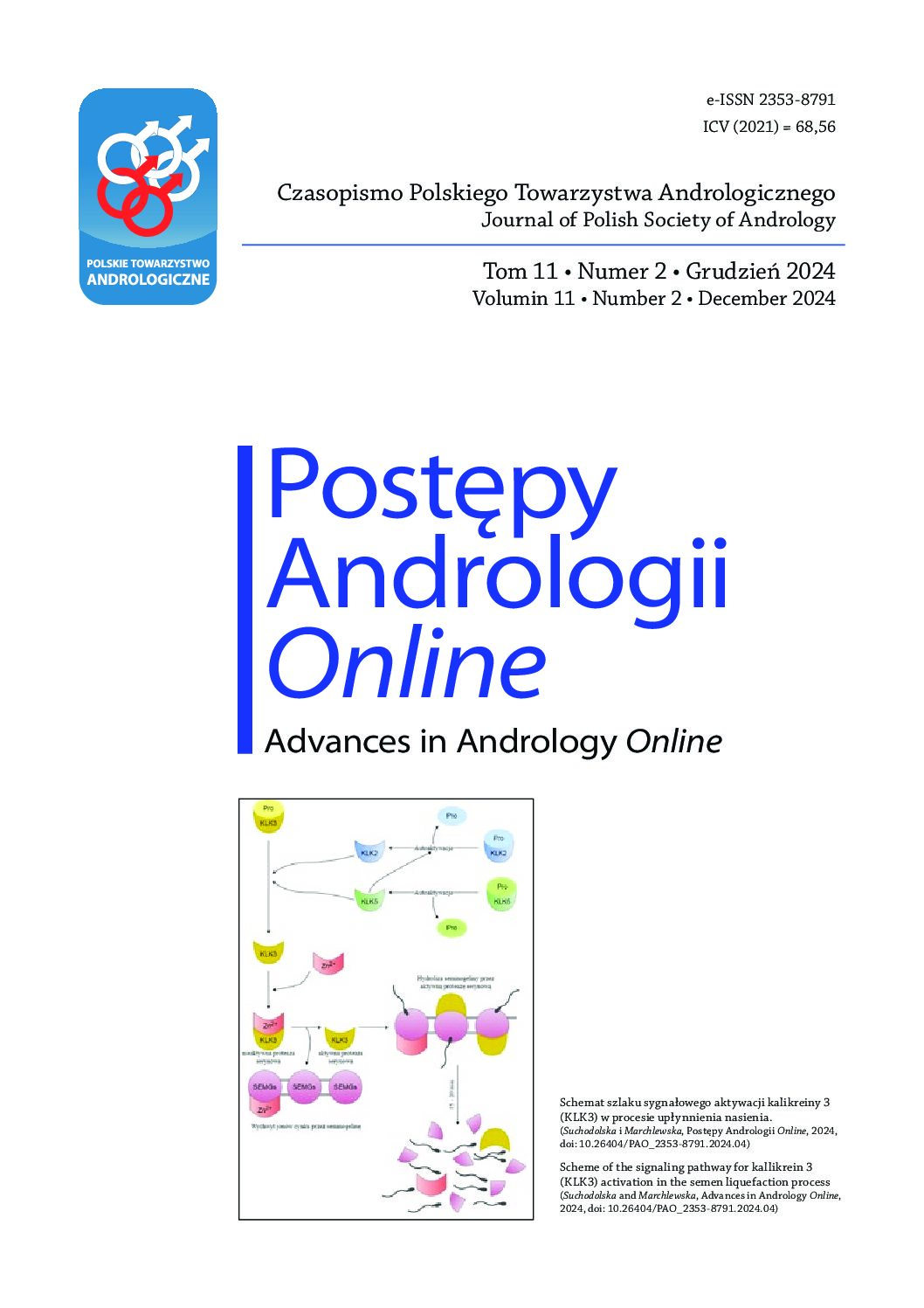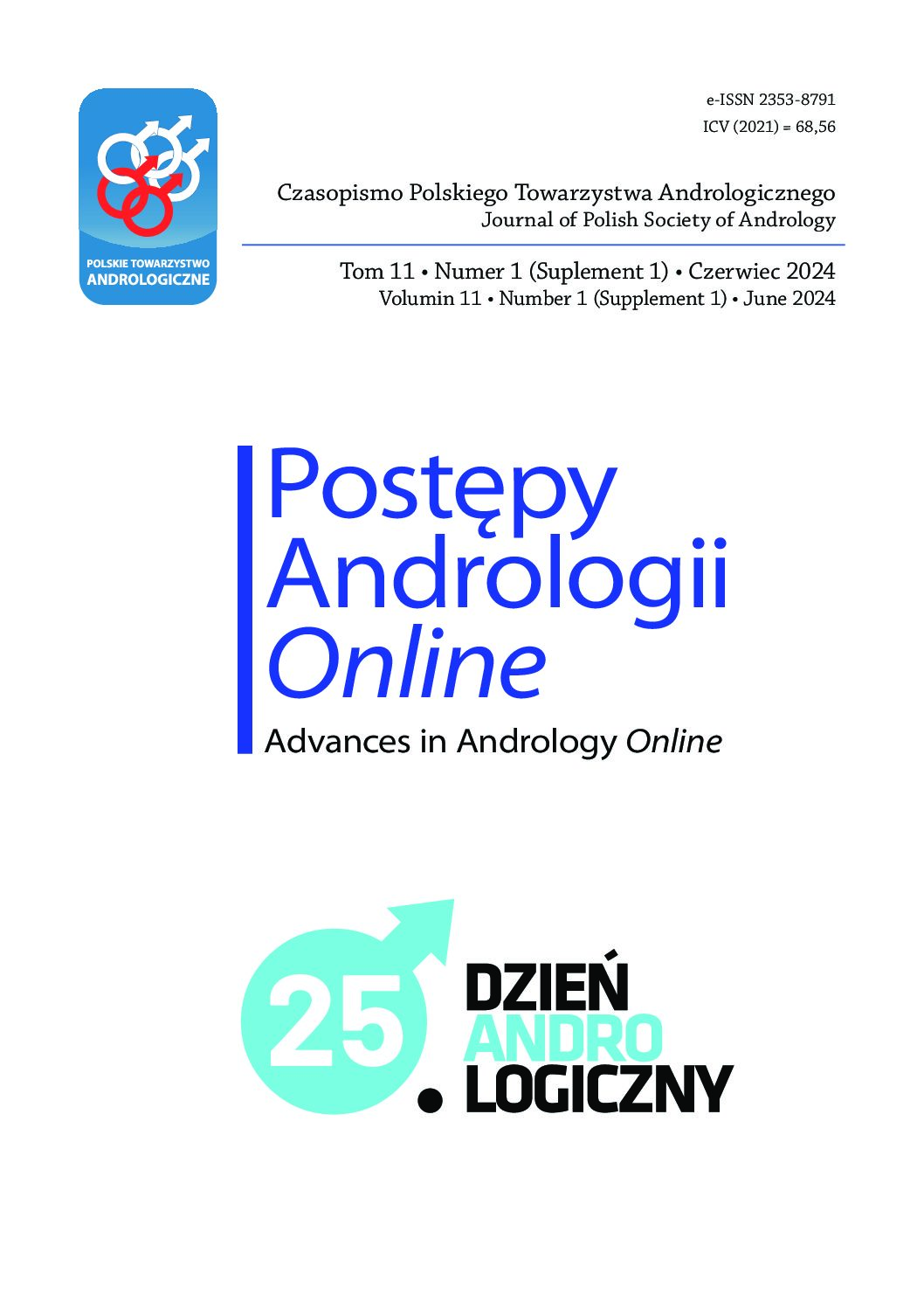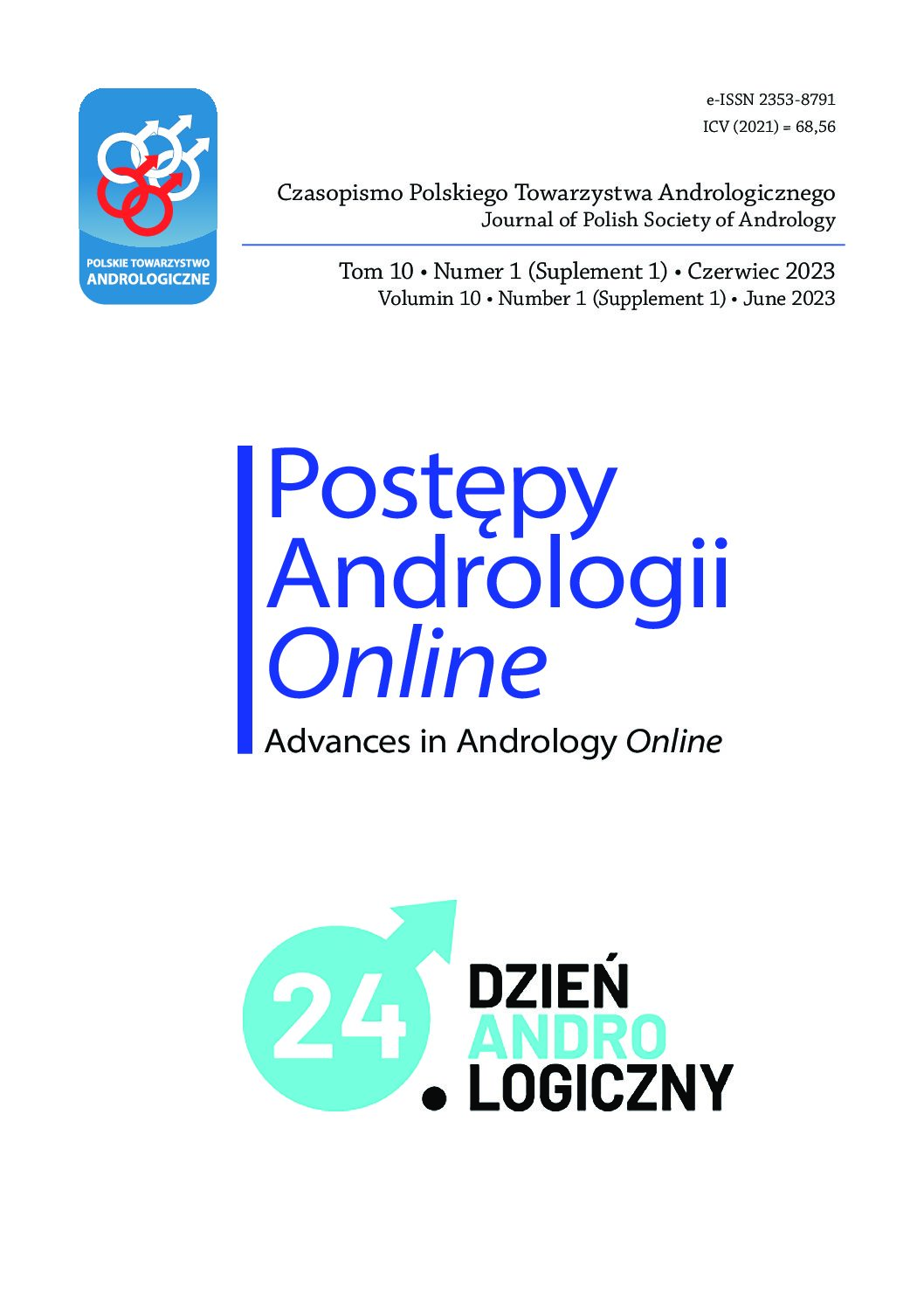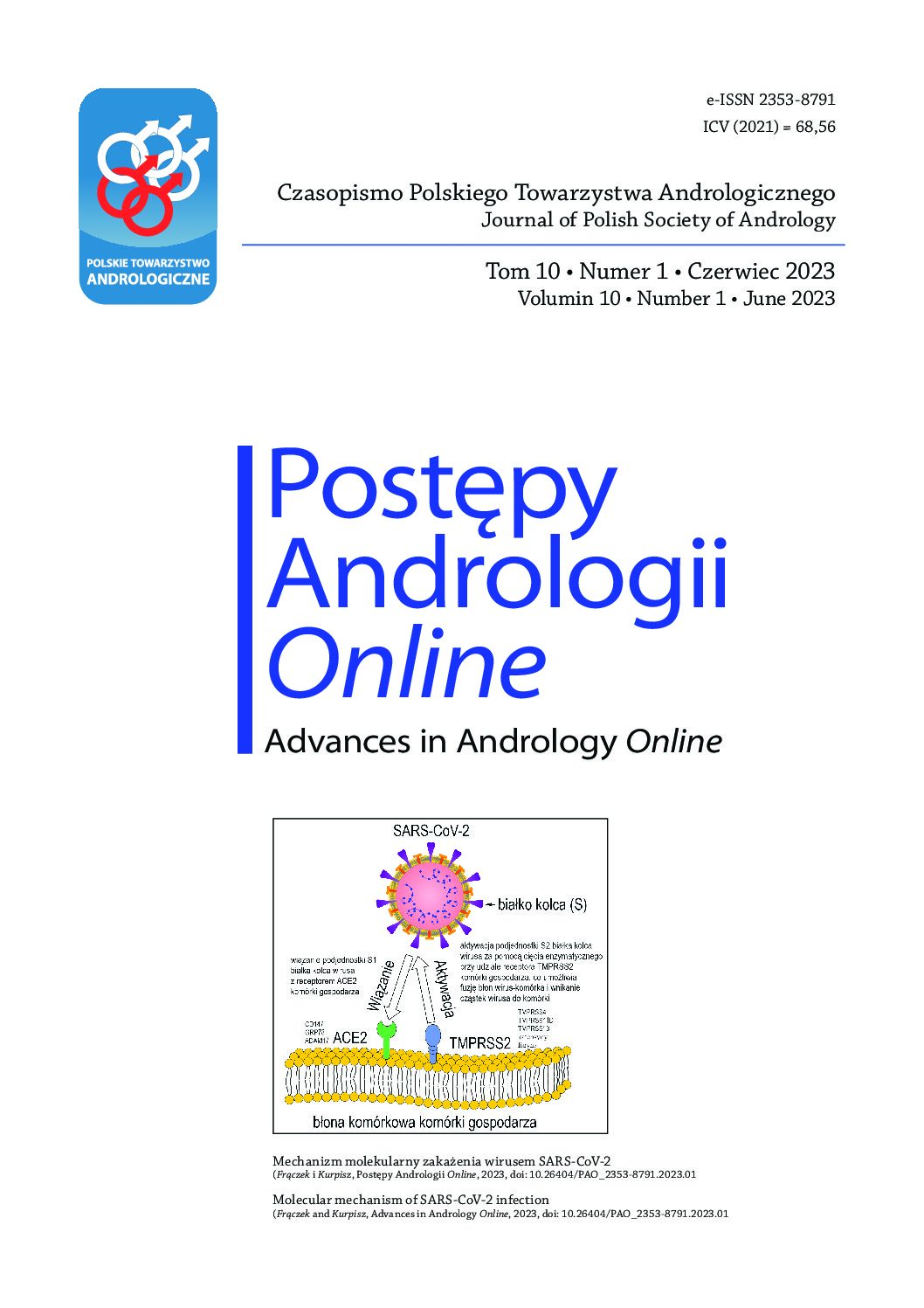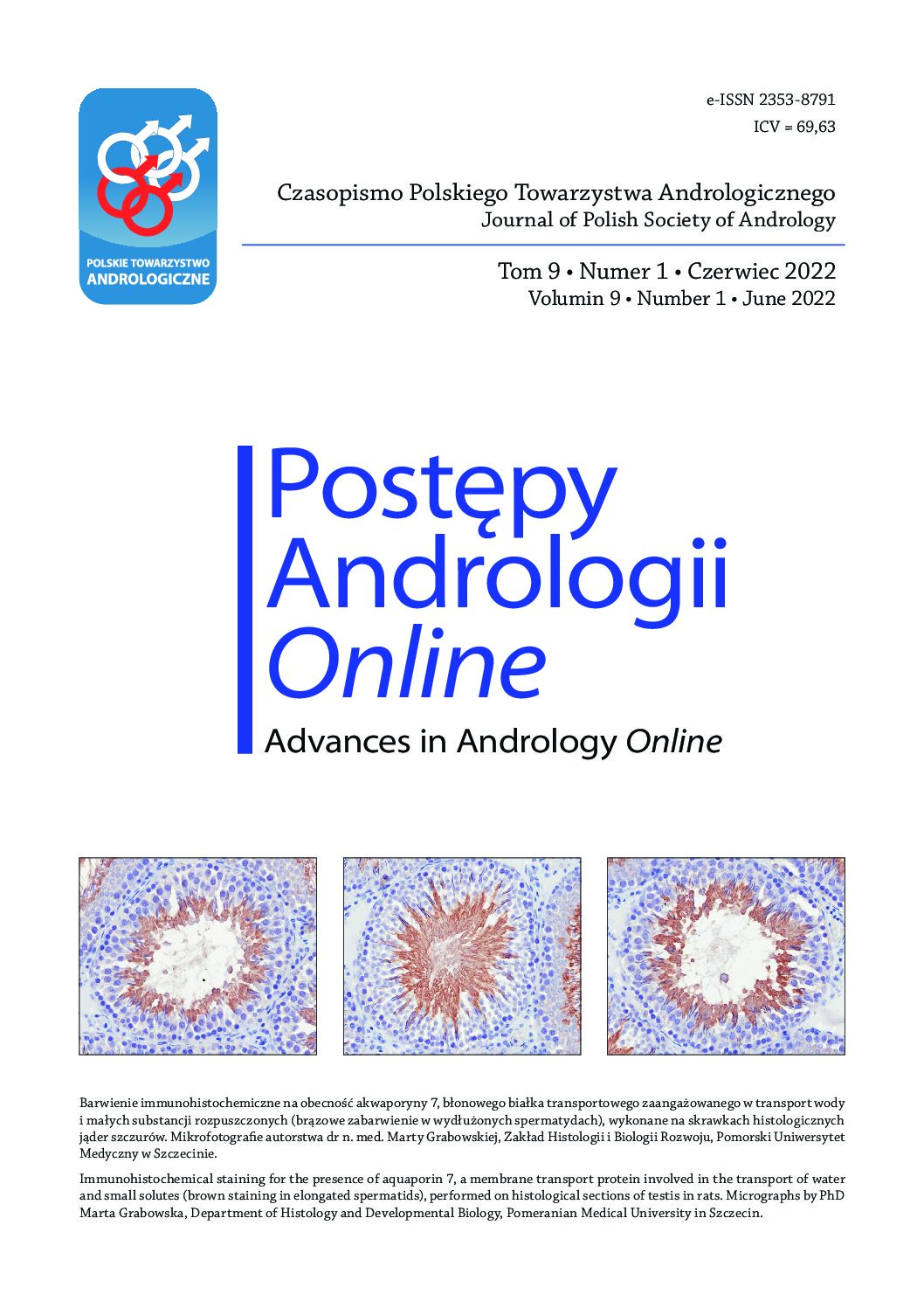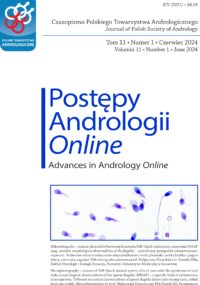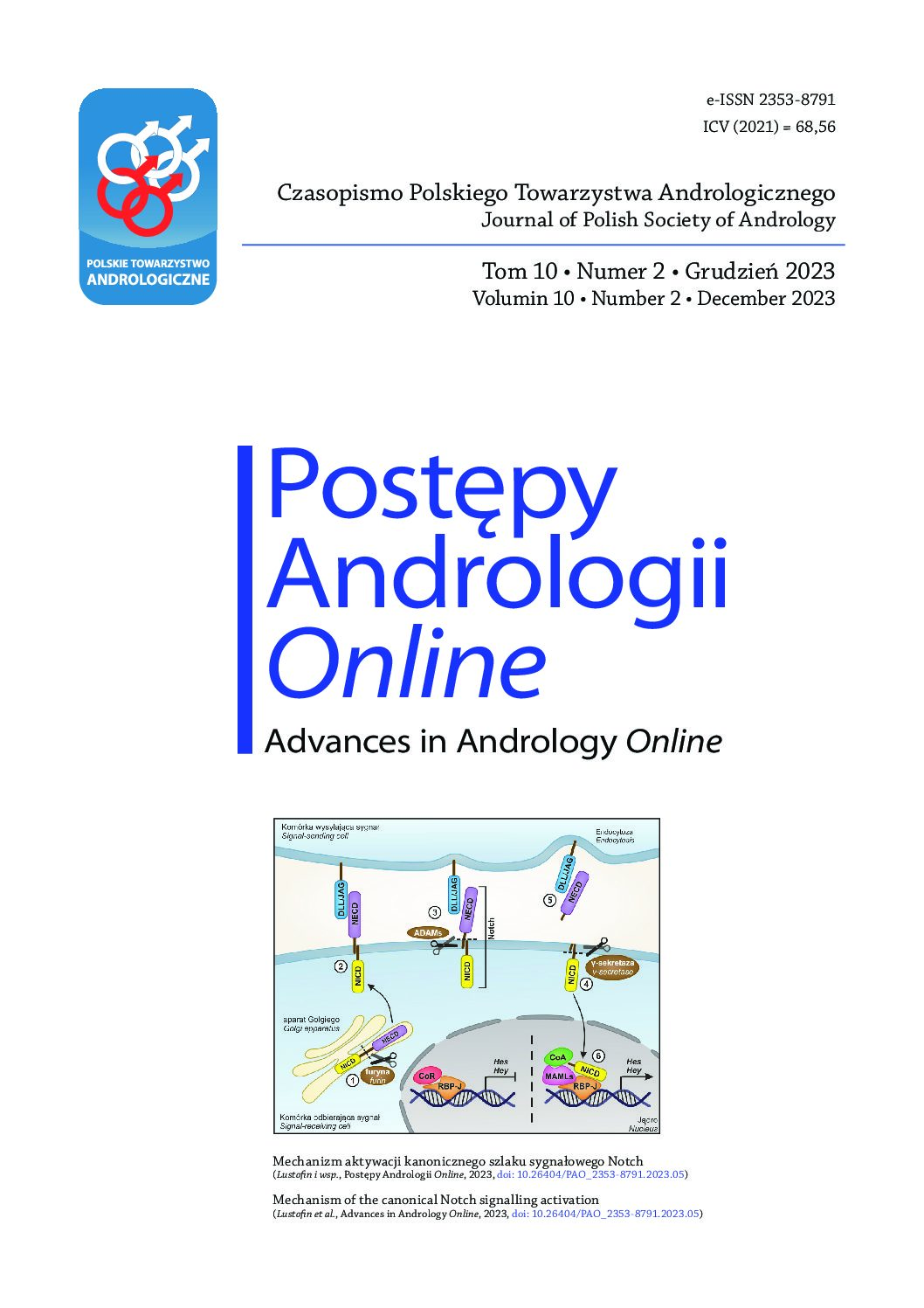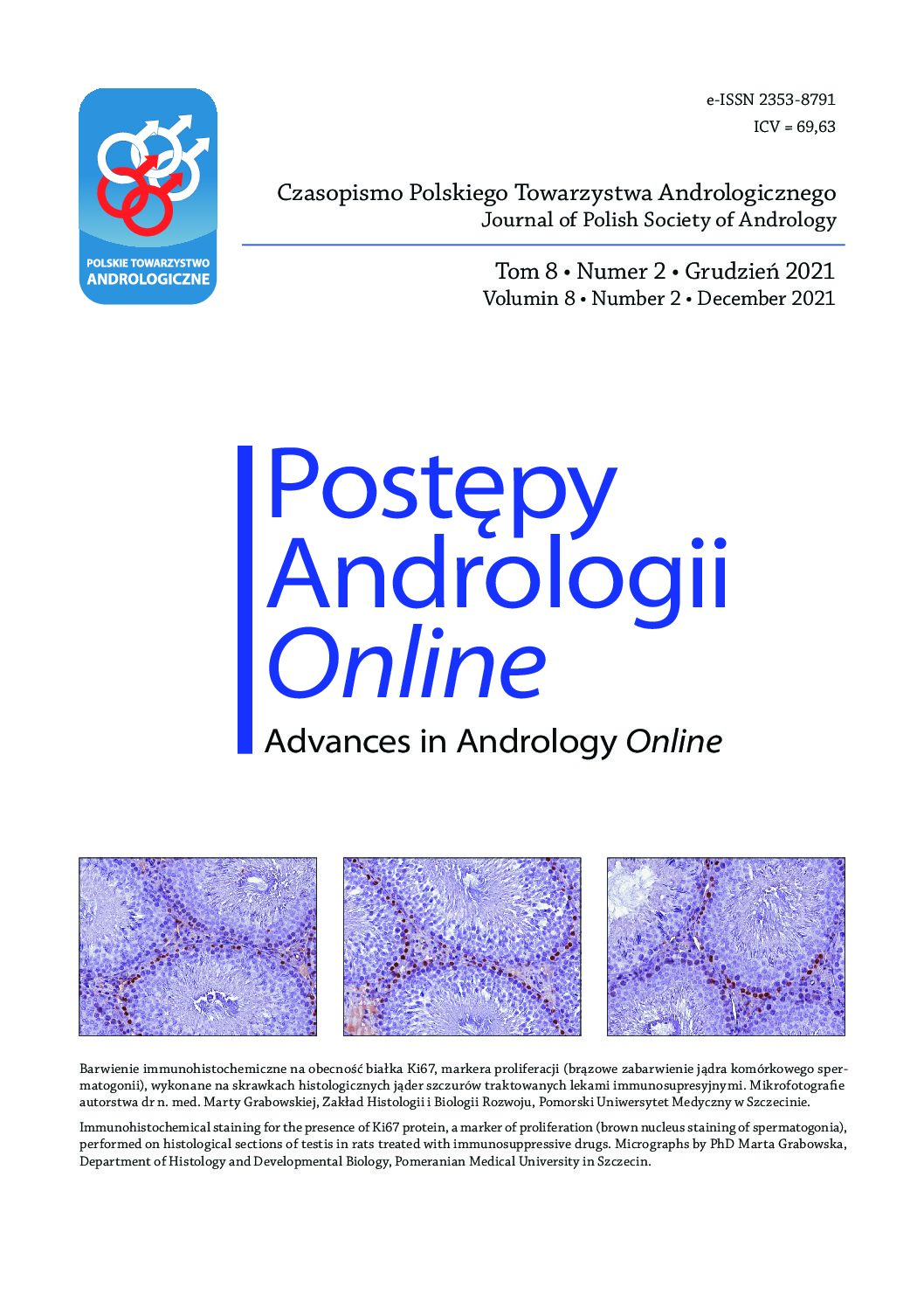Reciprocal chromosome translocations in male infertility.
Overall, about 10–15% of cases with decreased fertility originates from the male genetic factor. It is estimated that approx. 2–8% (or even to 15% in azoospermia) out of all genetic factors constitute chromosomal aberrations, including aneuploidies or structural aberrations of the chromosomes. The most common structural aberrations observed in general population are chromosomal translocations, with frequencies: 0.143% for reciprocal (RCT), and 0.123% for Robertsonian (Rob) ones. It is known that about 1% of infertile males are RTC carriers while 0.8% are Rob translocations carriers verified in blood samples. Moreover, in males with decreased fertility the total level of structural aberrations found in sperm cells rises about 4‑fold when compared to healthy, fertile males. Chromosomal aberrations may disrupt meiotic segregation of the chromosomes, which leads to a production of genetically imbalanced gametes, and subsequently to an increase of the risk of reproductive failure or to the appearance of genetic defects in the progeny. This review summarizes the problem of RCT in male infertility.
